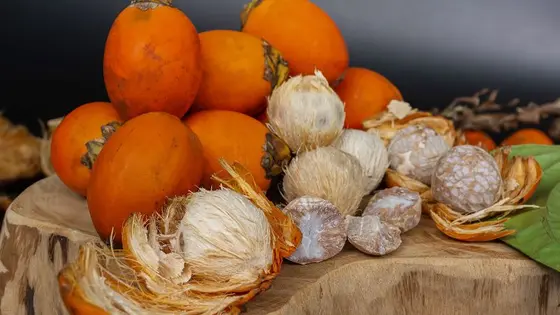T4K3.news
Psychoactive plant use traced in Iron Age home
New chemical analysis links everyday Qurayyah life to harmala smoke inhalation 2,700 years ago.

A chemical study of clay fumigation devices from Qurayyah shows harmala smoke was inhaled in Iron Age daily life about 2,700 years ago.
Iron Age burners in Qurayyah reveal daily use of psychoactive harmala
Researchers from the Max Planck Institute of Geoanthropology and the University of Vienna analyzed residues trapped in clay fumigation burners found in Qurayyah, a desert oasis in northwestern Saudi Arabia. Using targeted HPLC-MS/MS, they identified harmine and harmane, signatures of Peganum harmala, in three burners. A fourth device carried alpha-amyrin and beta-amyrin, suggesting mixed formulations. The burners were located in domestic spaces rather than graves or temples, pointing to everyday use tied to health, scent, or mood rather than large rituals. The study demonstrates how chemistry can recover silent practices from objects, linking a plant to a room and to daily routines. The researchers argue this approach helps reconstruct how Iron Age households managed pest control, sanitation, and well being through locally available plants.
Lead author Barbara Huber calls the finding the earliest known burning of harmala worldwide, a conclusion supported by the device contexts and chemical signatures. The evidence shows inhalation in compact home spaces, where airflow and fuel likely shaped the experience. The work also highlights the value of combining laboratory techniques with archaeology to move beyond visible artifacts. The team acknowledges that different burners in the same site hint at flexible recipes and evolving routines rather than a single fixed practice.
Key Takeaways
"The earliest known burning of harmal worldwide."
lead author describes the finding's significance
"Chemistry lets us see how people used plants in rooms"
coauthor explains the method's value
"Scent and science meet in clay to tell a fuller past"
editorial takeaway on the approach
"Plants shaped rooms as much as rites"
observer note on daily life
These results shift how we picture life in Iron Age Arabia. They reveal households that used plants not only for scent but for potential mood and health effects, in spaces shared by family and work. The domestic frame suggests ordinary care and problem solving rather than only public rites. Science here acts as a translator, turning small clay objects into a larger human story.
Still, caution is needed. Residue evidence must be read alongside broader archaeological data to avoid overinterpreting the effect of inhaled compounds. The presence of both harmala and resin markers implies mixed practices, which could reflect routine variation or experimentation. More burners from Qurayyah and neighboring towns will test whether this pattern was typical or unique to this settlement.
Highlights
- The earliest known burning of harmal worldwide.
- Chemistry lets us see how people used plants in rooms.
- Scent and science meet in clay to tell a fuller past.
- Plants shaped rooms as much as rites.
The past keeps teaching us that daily life and science walk the same path.
Enjoyed this? Let your friends know!
Related News

Ancient Thai site reveals early betel nut use

Disturbing facts prompt public reflection

English vineyards see a tourism boom

Plymouth tops UK midlife health ranking

New study reveals lithium's potential role in Alzheimer's prevention

New Harvard study reveals lithium could fight Alzheimer's

Nutrition experts promote affordable superfoods

Jim Lovell obituary Apollo 13 leader dies aged 97
